Giant tortoises were once an integral part of Madagascar's ecology. Through reintroductions, scientists are hoping to help restore the land and boost its resilience.
This article by Miguel Pedrono of CIRAD, Andrinajoro R. Rakotoarivelo of the University of the Free State and Colleen Seymour and Grant Joseph of the University of Cape Town was originally published by The Conversation and has been reproduced here with permission.
A six-year-old project to return giant tortoises to the wild in Madagascar could result in thousands of the 350-kilogram megaherbivores repopulating the island for the first time in 600 years.
The first group of Aldabra giant tortoises (Aldabrachelys gigantea) were brought to the wild from the country’s capital city, Antananarivo, in 2018 and have been reproducing on their own since. Here, a group of ecologists explain how reintroducing this tortoise to areas degraded by cattle grazing will help restore the island’s forests, grassy woodlands and shrublands of the past. It could also help prevent devastating forest fires in future.
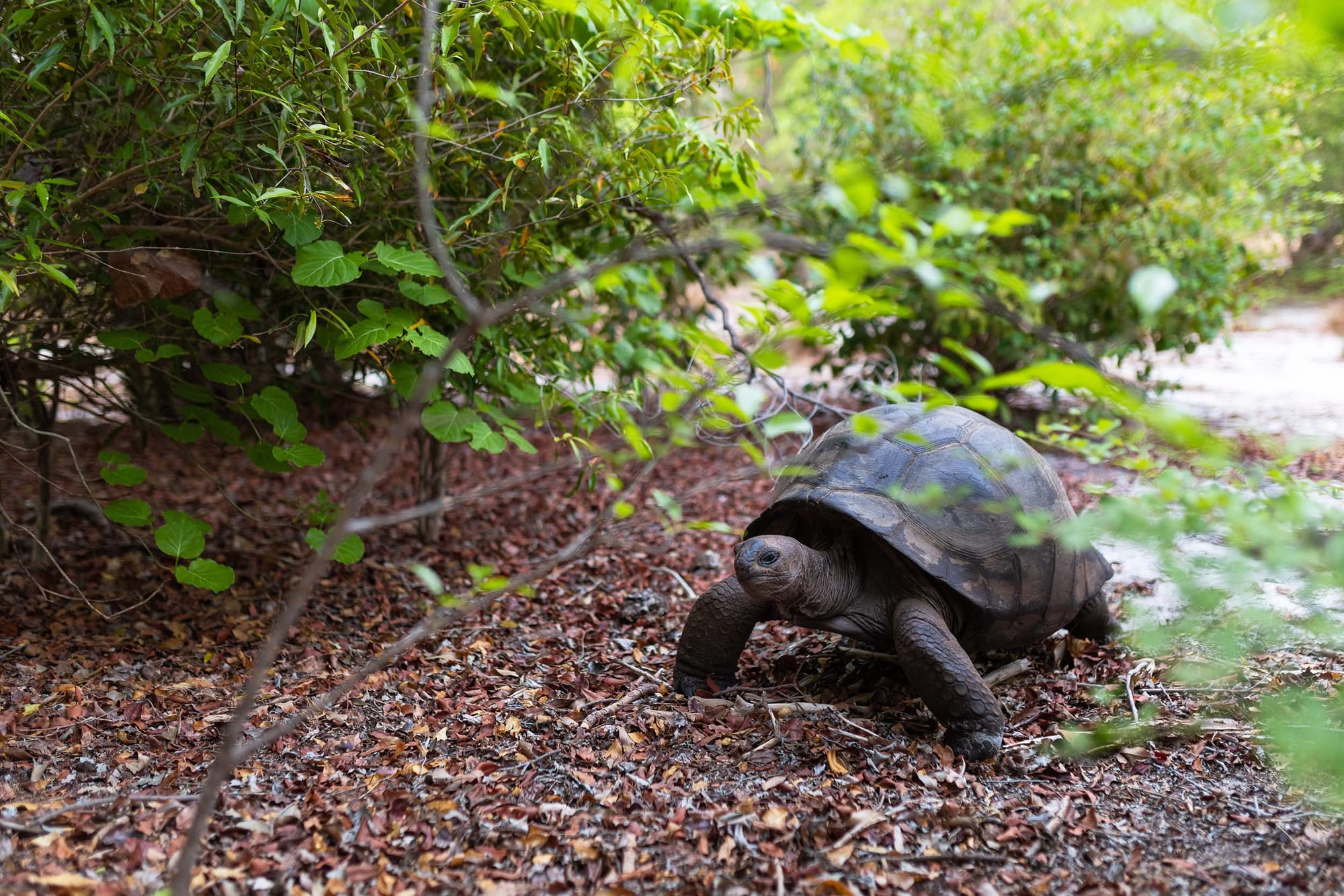
What is the Aldabra giant tortoise and why is it important?
The Aldabra giant is the second-largest species of land tortoise in the world, after the Galapagos giant tortoise (Chelonoidis nigra). It can live for 100 years and has a fascinating history.
This tortoise evolved from ancestors of Aldabrachelys abrupta, one of two giant tortoises that inhabited Madagascar for 15 million years. Four million years ago, the Aldabrachelys abrupta lineage migrated to the granitic Seychelles, likely via a combination of drifting with floating vegetation and assisted by their natural buoyancy and good swimming abilities.
From there it moved on to Aldabra, an atoll 1,000 kilometres southwest of the granitic Seychelles islands, and evolved into a new species, the Aldabra giant of today (Aldabrachelys gigantea). Six hundred years ago, all giant tortoises were wiped out on Madagascar by hunters. The reintroduction of the Aldabra giant is the first time giant tortoises have been released in Madagascar since the 1500s.
Aldabra giants are particularly social, coming together in large numbers to commonly forage and sleep together. It is likely that many hundreds of thousands of giant tortoises lived historically on Madagascar.
They played a key role in maintaining the ecological balance in a now lost habitat mosaic (a place where different habitats exist side by side). They ate fruits of various trees and dispersed the seeds in their dung, a process known as megafauna-dependent germination. This helped foster the growth of forests, woodlands, shrublands and patchy grasslands. Today, humans have burnt most of these habitats and there is mostly treeless grassland in the areas where giant tortoises once lived.
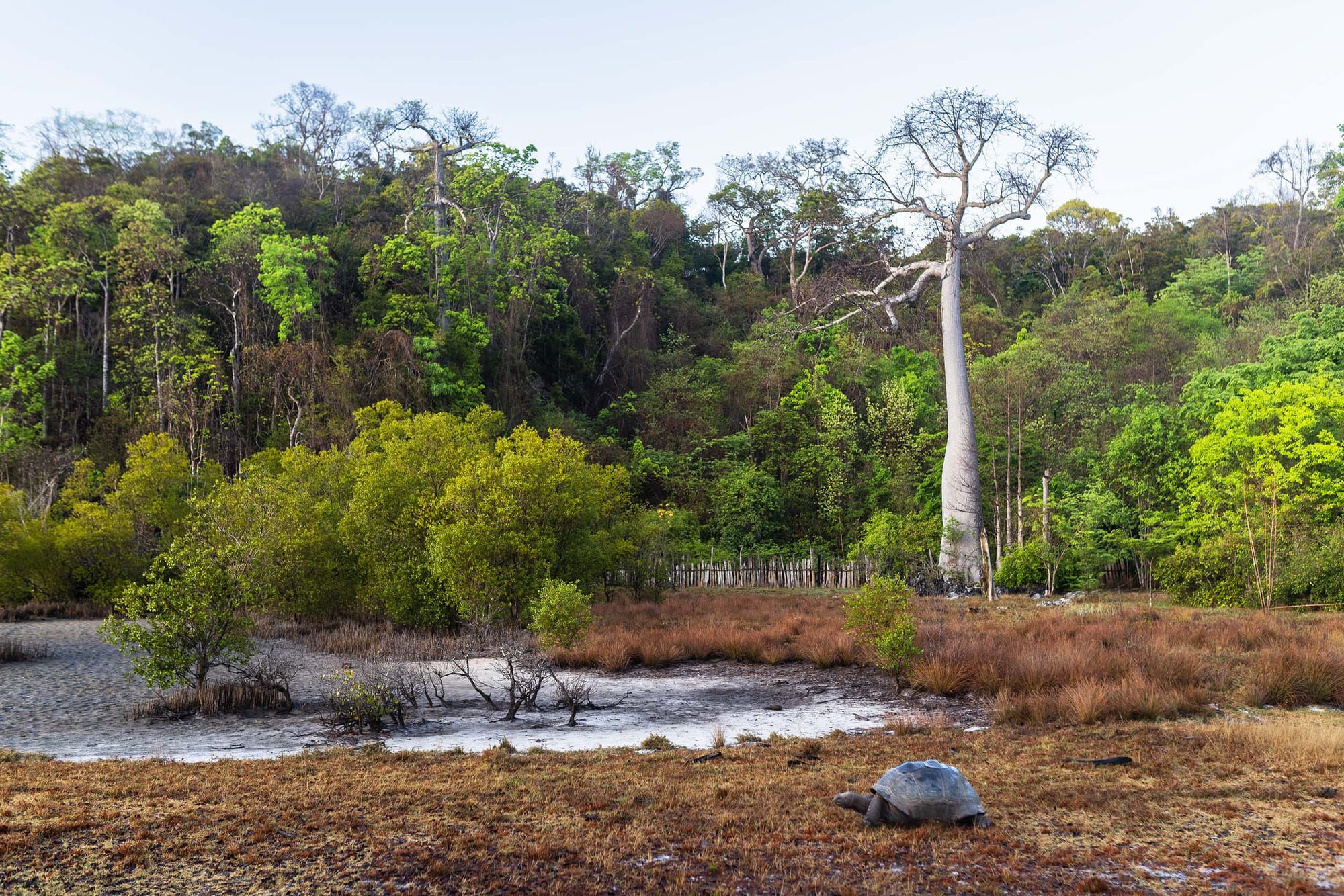
How difficult was it to reintroduce this tortoise to Madagascar?
In 2018, Madagascar-based tortoise specialist and conservation biologist Miguel Pedrono worked with the government of Madagascar to reintroduce the Aldabra giant to the Anjajavy Reserve in the northwest of Madagascar. Grant Joseph, an ecologist and conservation biologist working in Madagascar, modelled the impact the tortoise could have on vegetation.
The first group of 12 giant tortoises, five males and seven females, arrived and were fitted with transponders before being released. Reintroducing the tortoise was far less daunting than anticipated. Two babies were born the year after the tortoises were resettled in Madagascar and in the five years since, another 152 tortoises have hatched.
All the baby tortoises (hatchlings) were taken to live in a tortoise nursery in Anjajavy soon after they were born, and will be returned to the wild once their carapace (the convex part of the shell which is made up of the tortoise’s ribs, fused with bone) is large enough to protect them from predators. Hatchlings are very small – so feral cats, dogs and rats are potential predators, as are raptors (birds of prey) and the fossa, Madagascar’s largest endemic carnivore.
Meanwhile, the juvenile tortoises are being raised in an environment that looks just like the one they will be freed into, so that they develop the foraging skills they need to survive in the wild. Through natural breeding, this project aims to have 500 wild giant tortoises in Anjajavy Reserve by 2030 and about 2,000 by 2040.
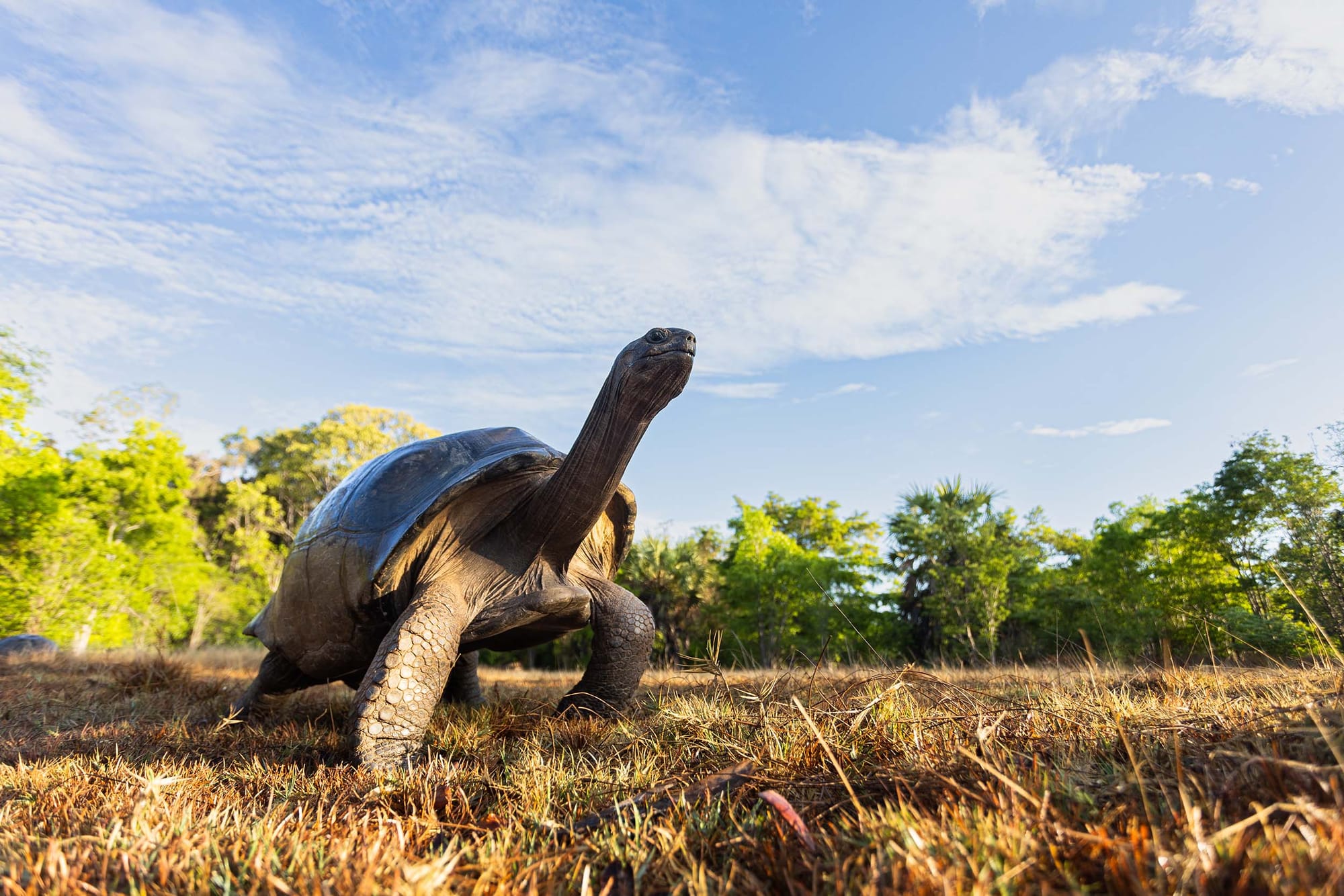
Why is it important to bring the tortoise back?
Our recent research has shown that much of Madagascar is burned annually by people to create grazing land for cattle. In other areas, woodland and forest is cut down, and the ground then burned for cropland. Our research predicts that reintroducing the Aldabra giant tortoise will limit such fires in the future. Tortoises limit fire by feeding on any grass or dry leaves on the forest floor, leaving less dry fuel available in these forests to catch alight.
The original, shady forests and woodlands of Madagascar also limited the ability of fire to spread. Without the tortoise helping seeds to germinate for the past 600 years, endemic trees have not reproduced as fast as they could have. We believe that reintroducing the tortoise will speed up the growth of forest and woodland considerably. On Rodrigues and Île aux Aigrettes islands in Mauritius, research shows that ebony forests returned after giant tortoises were reintroduced.
Our dream is to expand the Aldabra giants’ habitats beyond the Anjajavy Reserve, so that this tortoise can help regenerate forest and woodland across as much of Madagascar as possible. There are 100,000 Aldabra giant tortoises living on the 155-square-kilometre island of Aldabra in the Seychelles. On the Mascarene islands (Mauritius, Rodrigues and Reunion), giant tortoises once numbered in the many hundreds of thousands. But between 1700 and 1840, all Mascarene giant tortoise species were driven to extinction by humans. We are hopeful of reintroducing the same kind of numbers to Madagascar through this project.
If the reintroduction continues to be successful, we are optimistic that we will be able to return these tortoises across their former rangelands one day, benefiting biodiversity and tourism. This will also enhance animal biodiversity: there will be a return to habitat mosaics with trees, supporting animals like lemurs, indigenous birds and chameleons.
People also stand to benefit, as Madagascar recently experienced a famine, which in some areas may have been worsened by climate change. The likely increase in tree cover following larger scale reintroduction will help reduce the impacts of climate change.
Editor’s note: Thanks to Anjajavy le lodge, a Relais & Châteaux property, for providing these photos for our use. The lodge is the sole funder of this giant tortoise reintroduction project.


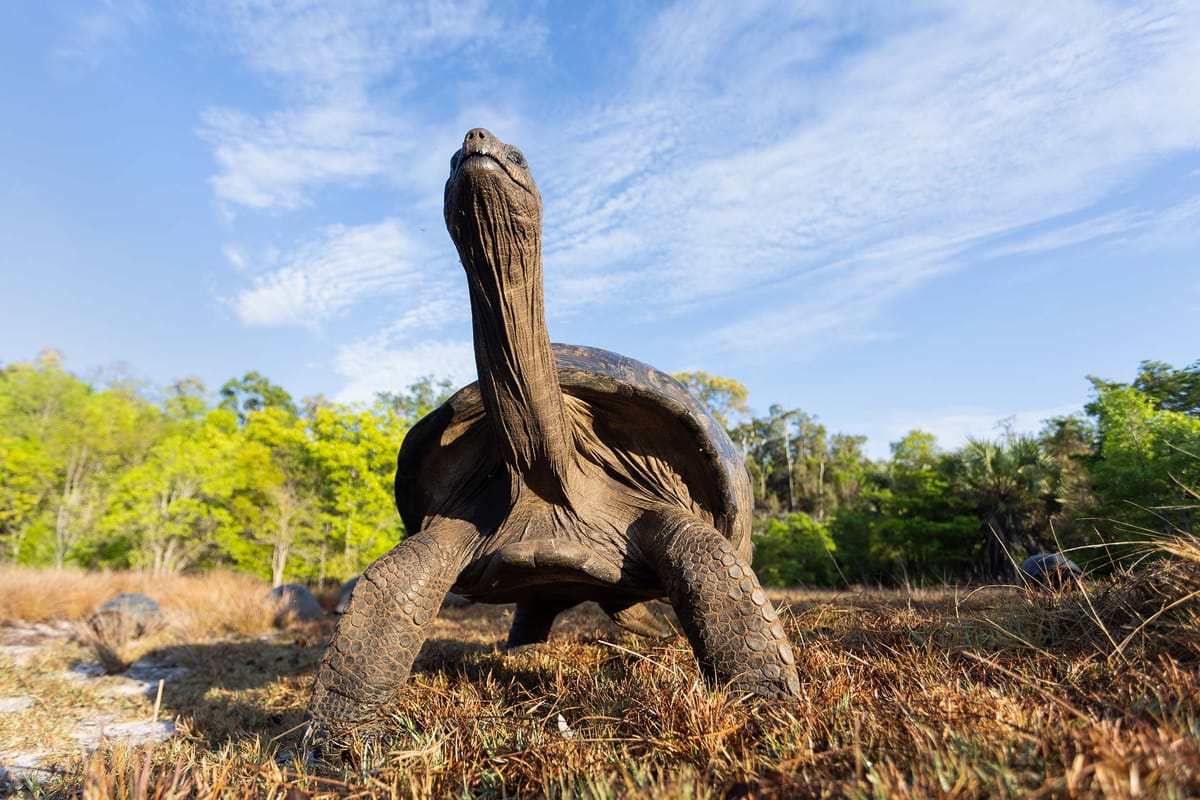


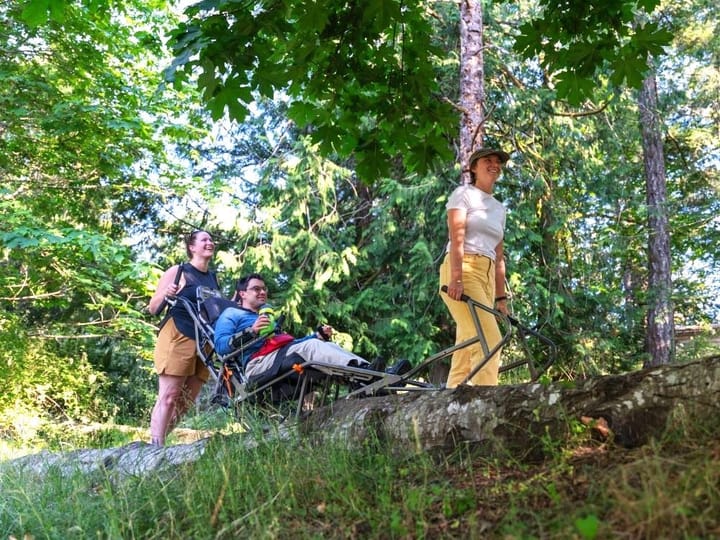

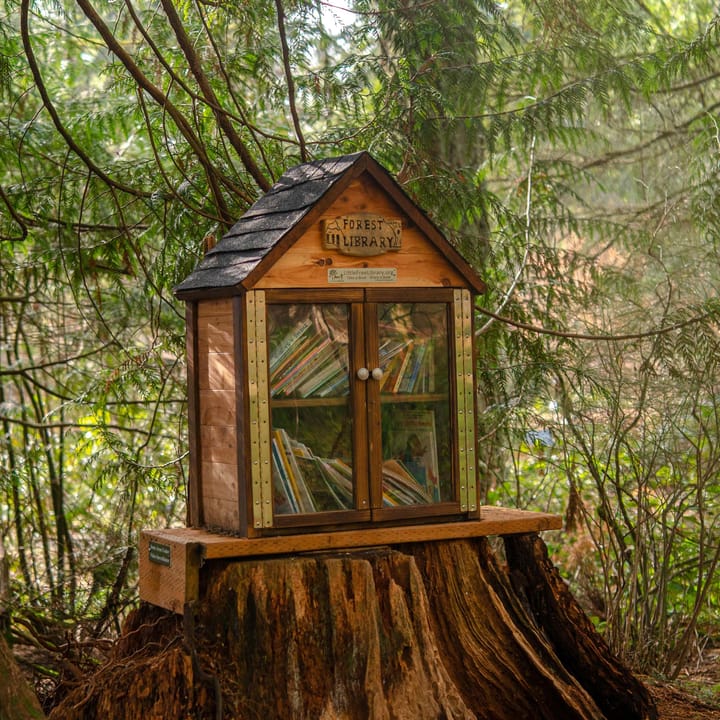
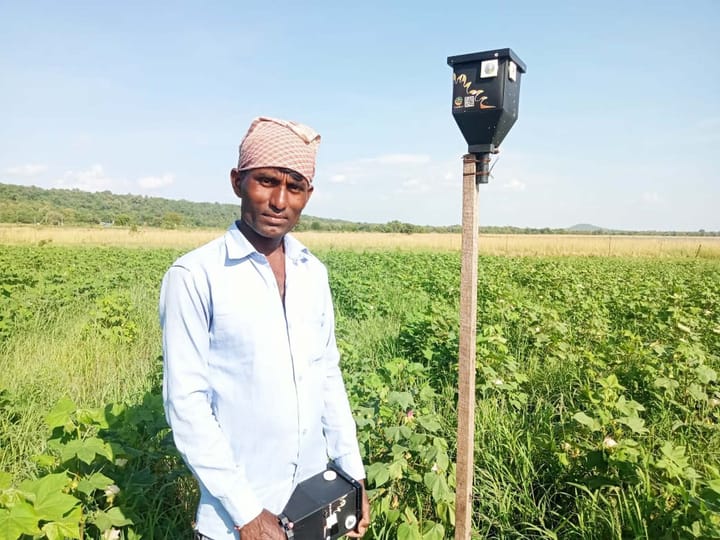
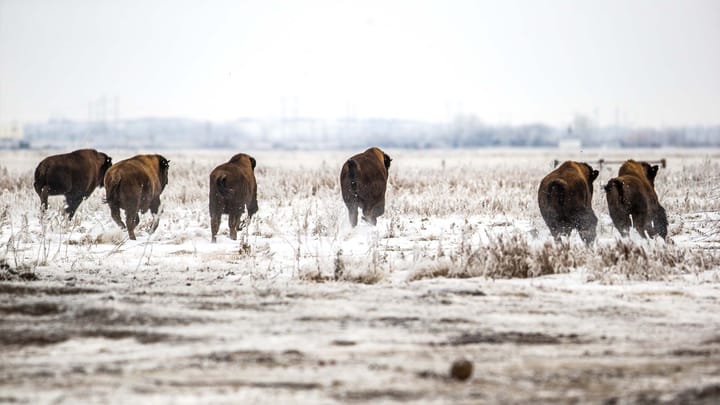
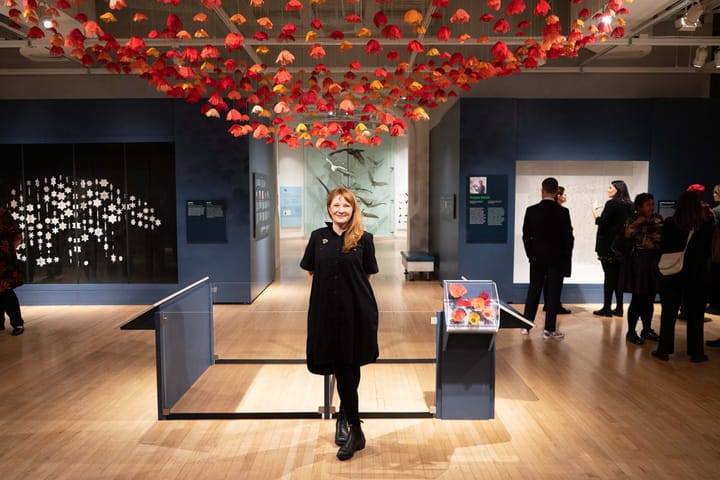


Comments ()